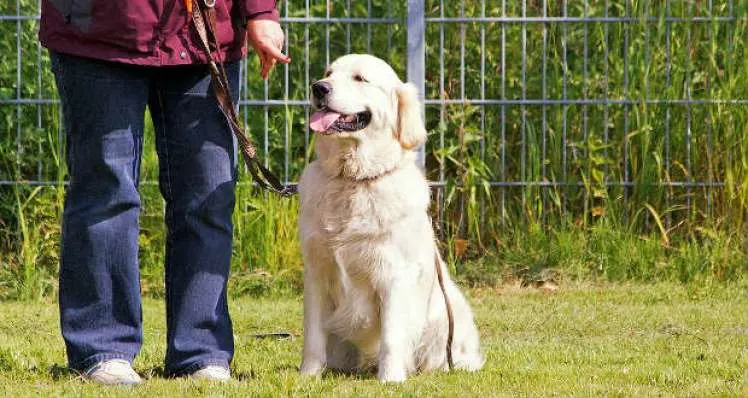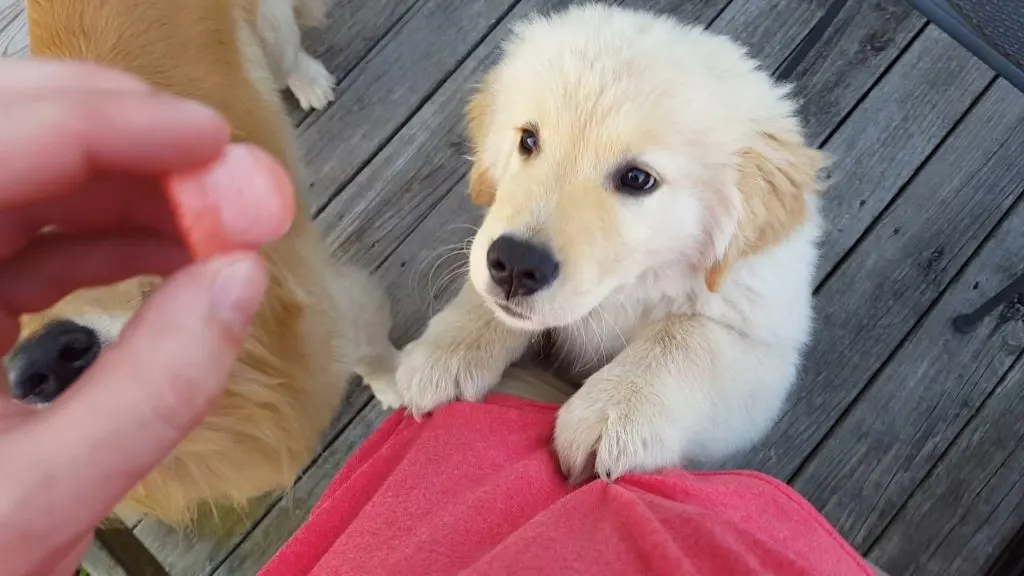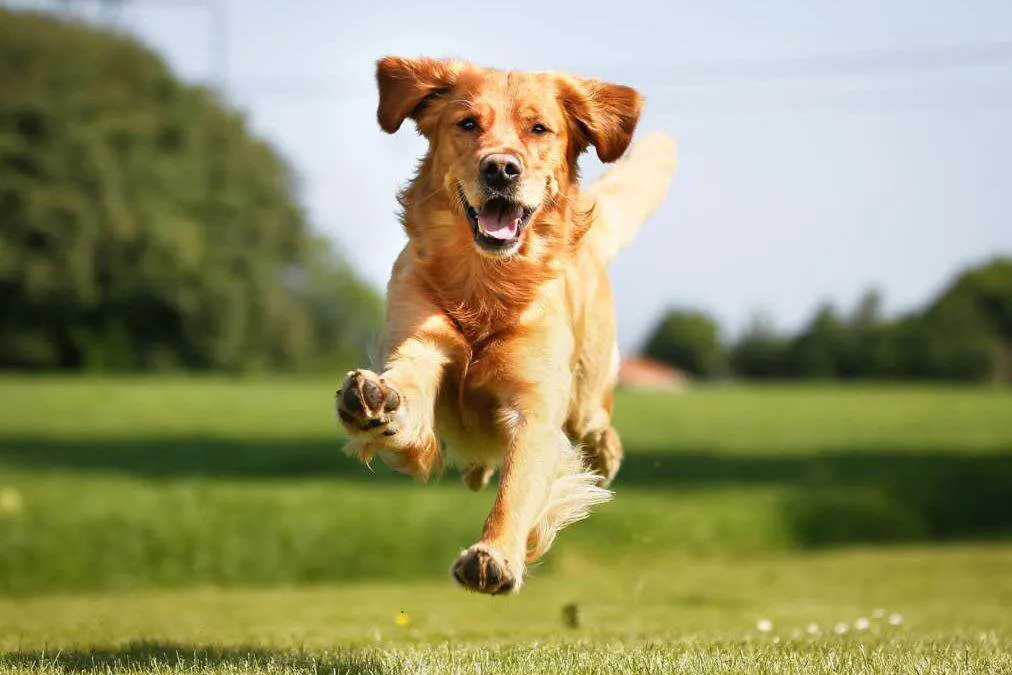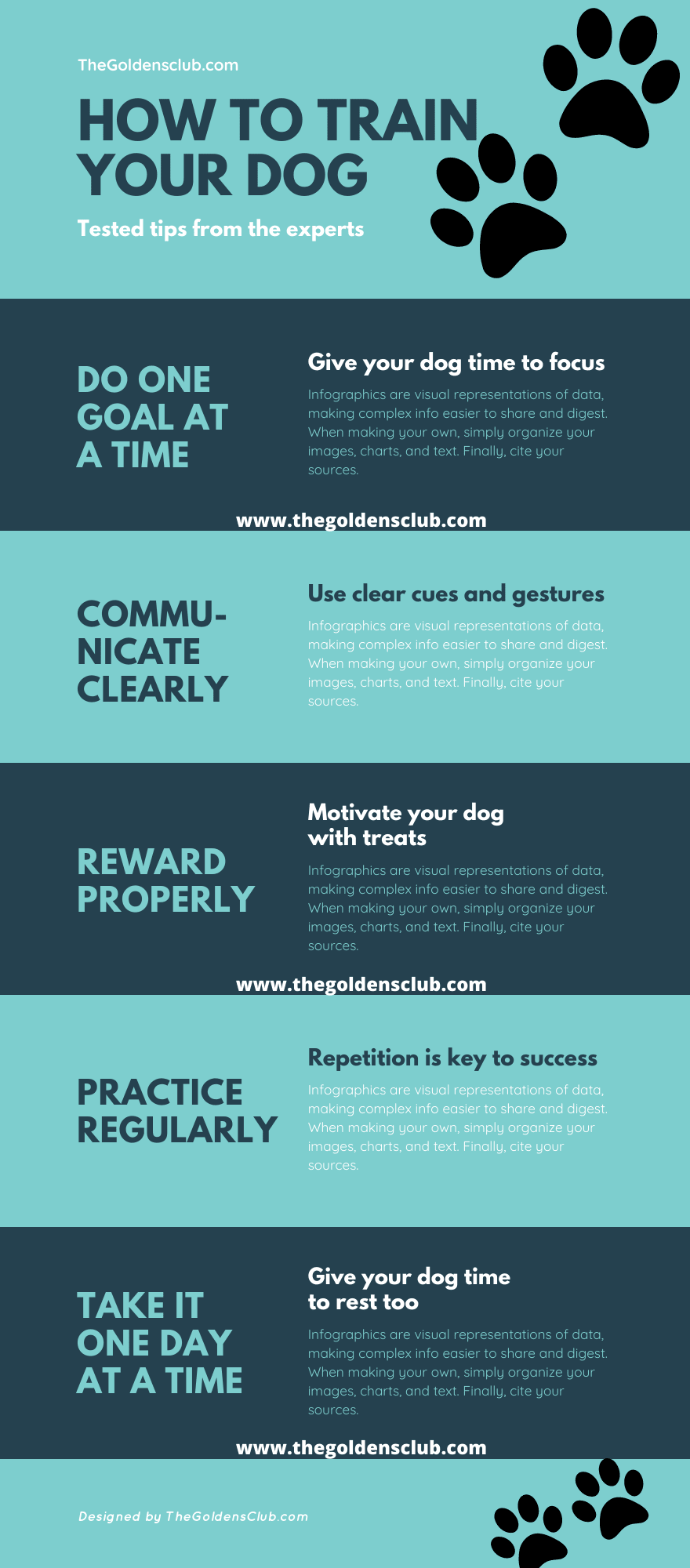Training and teaching your dog can be sometimes challenging. Dog owners feel so lost that they’ll find themselves Google-ing “How to train your dog to walk on a leash” or “How to potty train dogs” over and over again. And these are just the basic dog lessons!
But don’t worry, we got you! We have put together our five best tips on how to teach and train your dog without any fuss! Dogs are amazing creatures, smart, silly, they make us laugh, however it takes a lot of time and effort to teach and train them.
ALSO READ Dog Training: Teach Your Dog 5 Basic Commands
So don’t feel discouraged if after the first few tries you don’t succeed, it’s all part of the learning process for you and your dog.
To make it a bit easier for you we made a list of very useful tips and tricks you should follow to ensure successful training sessions. These tips can be applied no matter if you’re potty training your dog or if you’re wondering how to train your dog to walk on a leash.
ALSO READ How to house train a dog? NOAH strategy
How to train your dog to walk on a leash and much more – our tips
Before we start we want to make one thing clear, this is not a How To on teaching dogs anything. This is merely a guide for you on how to act while teaching your dog different commands and what you need to always keep in mind.
With that being said our first tip is to always make the training safe for your pooch!
The most important tip: Make the training safe
The leash thing you want while training your dog is for it to get hurt!
The basic training of dogs includes training them to walk on a leash. And what do you need to teach your dog to walk on a leash? A collar and a leash obviously!

So, you don’t want your puppy to hurt itself if the collar is for example too tight, uncomfortable, or just isn’t meant for your dog’s needs. This is why a well-fit dog collar is a must! You also need a 4-6-foot flat training leash for day-to-day walking and training.
ALSO READ Best dog harness: Which to choose
Of course, if you have a large, strong, and energetic dog like for example Golden retrievers are, you should take that into consideration too.
Dog training should be progressive
Imagine this, you’ve decided to learn French, you can’t do it alone so you’ve decided to pay a tutor or take a class. You get to your first lesson, excited to learn, but then your tutor starts with the most complex lessons. You would feel discouraged.
What your tutor should’ve don is to start with the basics, and from that progress to more complex structures.
The same goes for teaching dogs, step by step is the way to go. As your dog masters basic manners and rules, you can increase your criteria for training.
ALSO READ Dog Training Near Me: How To Find The Right One
Once your dog understands to sit and lie down at certain times, you can begin to ask him to maintain that position until released from it.
So, take it slow, teach the basic commands and from that work your way to something more challenging.
Make the sessions fun and rewarding
Some dogs learn well through games. So, keep things fun in order to keep your dog involved and intrigued during each training session.
For example, use a happy tone of voice rather than a stern one. Always avoid yelling, if your pet doesn’t respond to a cue from you! Try to regain his attention by being playful and making the task a little easier to get him re-engaged.

Generally speaking, dogs love food and treats, this means that you can motivate them with food.
ALSO READ How To Make Dog Treats? 5 Incredible Recipes
When you use training treats you reward the specific behaviors you are trying to teach your dog and you build an enthusiastic learner. Teach your dog to love the training sessions and to love learning.
This will make it so much easier for both of you.
Consistency is key
You’re working hard to teach your dog different commands. So you want all members of the family to agree on some of the “rules of the house” for your dog!
This means if you’re teaching your dog not to beg for food, then no member of the family is allowed to give a few pieces of their chicken to the dog.
ALSO READ How to stop your dog from begging for food
Why is this. Well, it’s simple, your dog will learn best and maintain his manners if the guidelines are consistent.
Make dog training age- and skill-appropriate

Generally speaking, it’s best to start training while your dog is still a puppy. However, if you have an older dog, for example, a rescue, you will still be able to teach them it might just be a bit more demanding.
ALSO READ Teaching good behavior before it’s too late: The best timeline for puppy training
But, no matter if your dog is young or old, always keep your expectations low at first. You don’t ask toddlers to do complex math, so make sure your expectations are reasonable for your dog!
Conclusion – How to train your dog to walk on a leash
In conclusion, no matter what you’re trying to teach your dog, be it leash training, potty training or other commands, these tips will definitely make the job easier for you and your dog!
Even though it might seem like these tips are obvious, many dog owners forget about them and end up failing in their attempt to teach their dogs.
Approach your dog with patience, with a smile on your face and a lot of treats, this is how you’ll motivate them!


